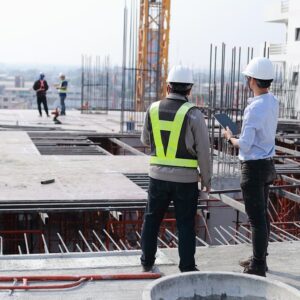Flashlights for construction workers are indispensable tools that provide superior visibility and safety in water-prone environments. A high-quality waterproof flashlight, with an IP68 rating or better, is crucial for withstanding the elements while ensuring continued functionality. These flashlights are designed with protective sealing to prevent water damage and are built to be durable and impact resistant, making them ideal for the demanding conditions of construction sites. They feature robust construction, advanced sealing methods, and an ergonomic grip to meet the rigorous demands of professional use. Selection of flashlights with appropriate IP ratings, along with regular maintenance to check for seal integrity and clean the lens, ensures their effectiveness in illuminating work areas without posing fire or overheating risks. Training and proper handling contribute to maintaining these flashlights in optimal condition, maximizing their lifespan and performance. By doing so, construction workers can rely on them to enhance both safety and efficiency on any job site.
When venturing into the unpredictable elements or illuminating complex construction sites, waterproof flashlights for construction workers stand as indispensable tools. This article delves into the pivotal role these flashlights play, highlighting top-rated models, their distinguishing features, and the tangible benefits they bring to outdoor projects. We’ll compare the resilience of waterproof lights against their non-waterproof counterparts, offer practical tips for optimizing their use on job sites, and guide you through maintenance practices that ensure longevity. Prepare to enhance your construction work with reliable, waterproof illumination.
- Understanding the Importance of Waterproof Flashlights in Construction
- Top Rated Waterproof Flashlights for Construction Workers
- Key Features to Look for in a High-Quality Waterproof Flashlight
- The Impact of Durable, Waterproof Flashlights on Outdoor Projects
- Comparing Waterproof vs. Non-Waterproof Flashlights for Construction Use
- Best Practices for Using Waterproof Flashlights on Construction Sites
- Maintenance and Care Tips for Extending the Life of Your Waterproof Flashlight
Understanding the Importance of Waterproof Flashlights in Construction
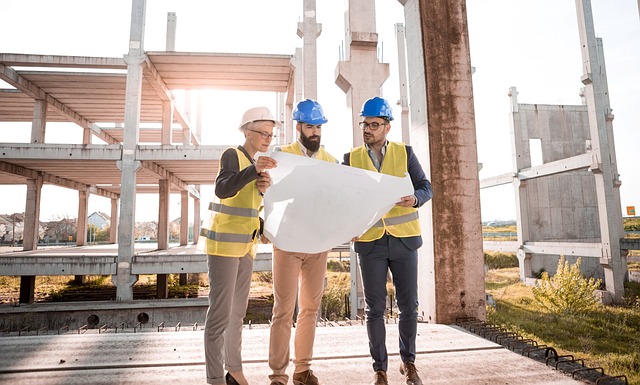
When construction projects venture into areas prone to water exposure, such as basements, rain-forest sites, or coastal developments, the reliability of lighting becomes paramount. Flashlights for construction workers are not just tools for visibility; they are essential for safety and efficiency. Waterproof flashlights stand out in these conditions, offering unparalleled durability and performance under wet and harsh environments. Their ability to withstand water intrusion ensures that light is available exactly when it’s needed most, preventing costly and dangerous delays caused by lighting failures. These robust devices are designed with construction workers in mind, featuring rugged builds that can endure drops, bumps, and the rigors of a workday spent in unpredictable weather conditions. The integration of advanced sealing technology and high-quality materials in waterproof flashlights means that professionals can count on their lighting instruments to perform consistently, even when submerged or exposed to relentless rainfall. This reliability not only enhances the safety of the work site but also accelerates project timelines by minimizing interruptions caused by faulty equipment. Incorporating a waterproof flashlight into a construction worker’s toolkit is an investment in the success and continuity of any outdoor project.
Top Rated Waterproof Flashlights for Construction Workers
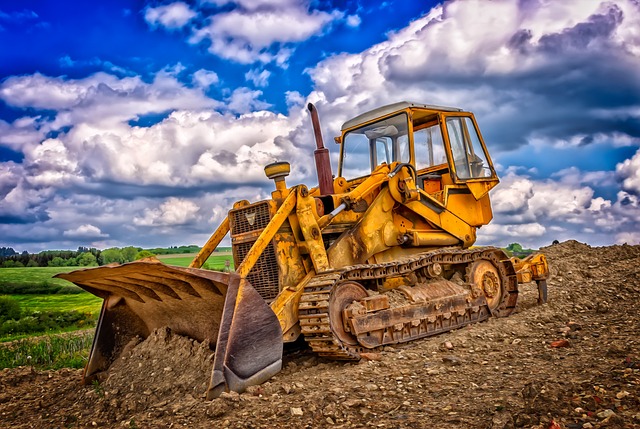
When construction workers operate in environments exposed to water, dust, and debris, a dependable flashlight is not just a convenience—it’s an necessity. Top-rated waterproof flashlights for construction workers are engineered to withstand harsh conditions while providing reliable illumination. These flashlights often boast high lumen outputs and durable, shock-resistant constructions, ensuring that they can endure the rigors of a job site. Their sealable design protects against water ingress, making them suitable for both wet and dry environments. Features such as impact resistance and long battery life further enhance their utility, allowing workers to maintain visibility in low-light conditions throughout extended shifts.
Selecting a flashlight that meets the specific demands of construction work is crucial for safety and efficiency. Models like the IP68 rated waterproof flashlights are particularly favored among professionals due to their superior sealing technology that prevents dust and water from entering. With a range of beam types available, including flood and spot options, these flashlights cater to various tasks, from inspecting dark corners to lighting up large work areas. Additionally, many of these top-rated flashlights come with advanced LED technology that offers a high light output without compromising on battery life, which is a game-changer for construction workers who rely on their tools to perform effectively in all conditions.
Key Features to Look for in a High-Quality Waterproof Flashlight

When selecting a waterproof flashlight tailored for construction workers, durability and reliability are paramount. A high-quality flashlight should boast an IPX rating of at least IPX7 or higher, ensuring it can withstand prolonged immersion in water. This feature is crucial when working in wet environments where the risk of liquid exposure is high. Additionally, impact resistance is another key factor; the best flashlights for construction workers are designed to survive drops from significant heights without failing. Look for models that have been rigorously tested to endure falls onto concrete from distances specified by the manufacturer—typically at least two meters.
Furthermore, lumen output and beam distance are important considerations for construction sites, which often demand clear visibility over long distances. A high-lumen flashlight will provide a bright, focused light that can illuminate dark work areas or distant objects. Considering the variable nature of job sites, a flashlight with adjustable brightness settings is advantageous, as it conserves battery life during less demanding tasks and offers a more powerful beam when needed. Lastly, ergonomic design and user-friendly interface are essential for construction workers who use their flashlights for extended periods. A comfortable grip and easily accessible switch or buttons ensure the flashlight remains a dependable tool throughout the workday.
The Impact of Durable, Waterproof Flashlights on Outdoor Projects
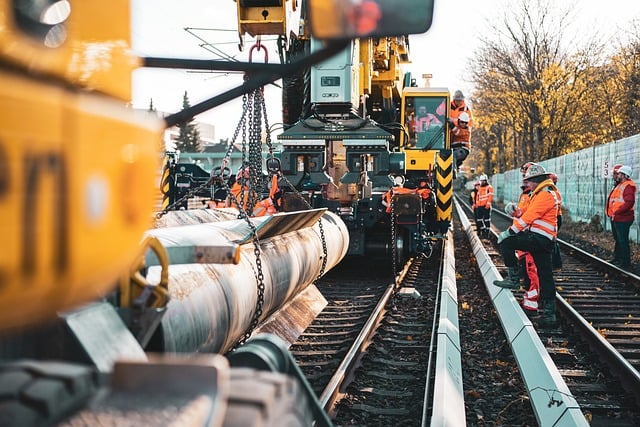
Durable, waterproof flashlights have become indispensable tools for construction workers engaged in outdoor projects, particularly in environments subject to the elements. These robust lighting devices not only enhance visibility in low-light or dark conditions but also offer reliable illumination in wet and potentially hazardous settings. The impact of such flashlights is profound, as they ensure that work can continue uninterrupted by weather changes, which previously could halt operations. Their ability to withstand water exposure means that construction sites near bodies of water or prone to rain are no longer a hindrance. Moreover, the longevity of these flashlights reduces the frequency of replacements and maintenance, which in turn lowers costs associated with lighting on outdoor job sites. The dependability of flashlights for construction workers has thus elevated the efficiency and safety of outdoor projects, allowing work to proceed under various conditions with minimal disruptions. This reliability is a testament to their integral role in modern construction, particularly as environmental considerations gain prominence in the industry. Construction workers can now count on their flashlights to provide consistent, bright light, which is crucial for tasks ranging from laying foundations to complex electrical installations, ensuring that no task is too challenging or too dark.
Comparing Waterproof vs. Non-Waterproof Flashlights for Construction Use
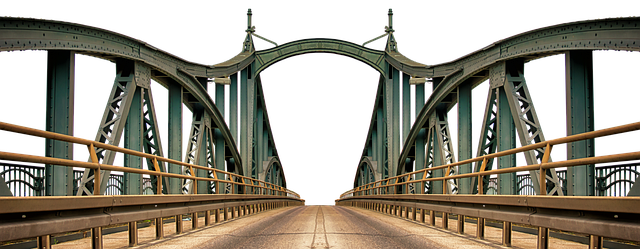
When construction workers are tasked with illuminating dark and often wet environments, the reliability of their flashlights can be a matter of safety and efficiency. Waterproof flashlights for construction workers stand out in such settings, offering robust performance that non-waterproof counterparts cannot match. A waterproof flashlight ensures that even in the presence of moisture from rain, sweat, or dust, the light source remains operational, providing a consistent beam when it’s most needed. This is particularly critical during night shifts or outdoor projects where the risk of accidental exposure to water is high. Waterproof models are designed with durable materials and sealing techniques that protect the internal components, thereby extending their lifespan and reliability compared to non-waterproof flashlights, which can be prone to short circuits or malfunctions in wet conditions. Additionally, features like a sturdy body, impact resistance, and a secure grip are often integrated into waterproof flashlights, catering to the demands of construction environments where durability is paramount. In contrast, non-waterproof flashlights may be more susceptible to damage and require careful handling in such settings, potentially leading to unexpected downtime and increased costs for replacements. For construction workers who prioritize both their safety and the effectiveness of their tools, investing in waterproof flashlights is a decision that aligns with the demands of their profession.
Best Practices for Using Waterproof Flashlights on Construction Sites

When integrating waterproof flashlights into construction workflows, it’s crucial to maximize their benefits and ensure safety and efficiency on-site. Flashlights for construction workers are subject to various environmental conditions, making durability and reliability non-negotiable traits of any lighting solution used. To optimize their use, construction professionals should always select flashlights that boast an Ingress Protection (IP) rating suitable for the specific work environment—typically IP65 or higher for moderate to high moisture exposure. Additionally, regular maintenance checks are essential to confirm the waterproof seals remain intact and that there are no signs of wear that could compromise the device’s integrity.
Safety protocols should mandate that these flashlights are used in conjunction with hard hats and reflective gear to enhance visibility in low-light conditions. Flashlights for construction workers should be equipped with high-intensity LED bulbs, offering bright, focused light that can illuminate work areas effectively without adding to the risk of fire or overheating. It’s also advisable to train workers on the proper handling and storage of these flashlights to prevent accidental damage. Best practices include securing them in waterproof cases when not in use and ensuring they are stored in a cool, dry place to maintain their longevity and performance. By adhering to these guidelines, construction sites can leverage the full potential of waterproof flashlights, enhancing both safety and productivity.
Maintenance and Care Tips for Extending the Life of Your Waterproof Flashlight

When it comes to ensuring your waterproof flashlight, a critical tool for construction workers, lasts as long as possible, regular maintenance and careful handling are key. To begin with, always inspect your flashlight before and after each use. Check for any signs of wear or damage, particularly focusing on the O-rings and seals that maintain its waterproof integrity. These components, often overlooked, are vital for preventing moisture ingress that can corrode internal components and compromise the flashlight’s performance over time.
For optimal functionality, it’s important to keep the lens clean. A dirty or smudged lens can reduce light output significantly. Use a soft cloth, preferably microfiber, to gently wipe down the lens after use. If debris is stubbornly clinging to the flashlight body or head, rinse it under running water and pat it dry with a non-abrasive towel. Store your flashlight in a cool, dry place away from direct sunlight to prevent overheating and extend its battery life. When not in use, remove the batteries to avoid draining them or allowing them to become fully discharged, which can shorten their lifespan. By following these maintenance tips, flashlights for construction workers can remain reliable companions on the job site, ready to illuminate even the most challenging environments.
In conclusion, a waterproof flashlight is an indispensable tool for construction workers operating in varied and often unpredictable weather conditions. The top-rated models, as detailed in our article, not only enhance visibility and safety on-site but also prove to be cost-effective in the long run due to their resilience and durability. When selecting a flashlight for construction work, prioritizing features such as water resistance, impact resistance, and reliable battery performance is crucial. By understanding the importance of these tools and adhering to best practices for use and maintenance, construction workers can ensure that their flashlights are always ready to illuminate the most demanding environments. Investing in a high-quality waterproof flashlight is more than a precaution; it’s an essential step towards safeguarding worker safety and project efficiency, making it a smart choice for any professional in the field.
